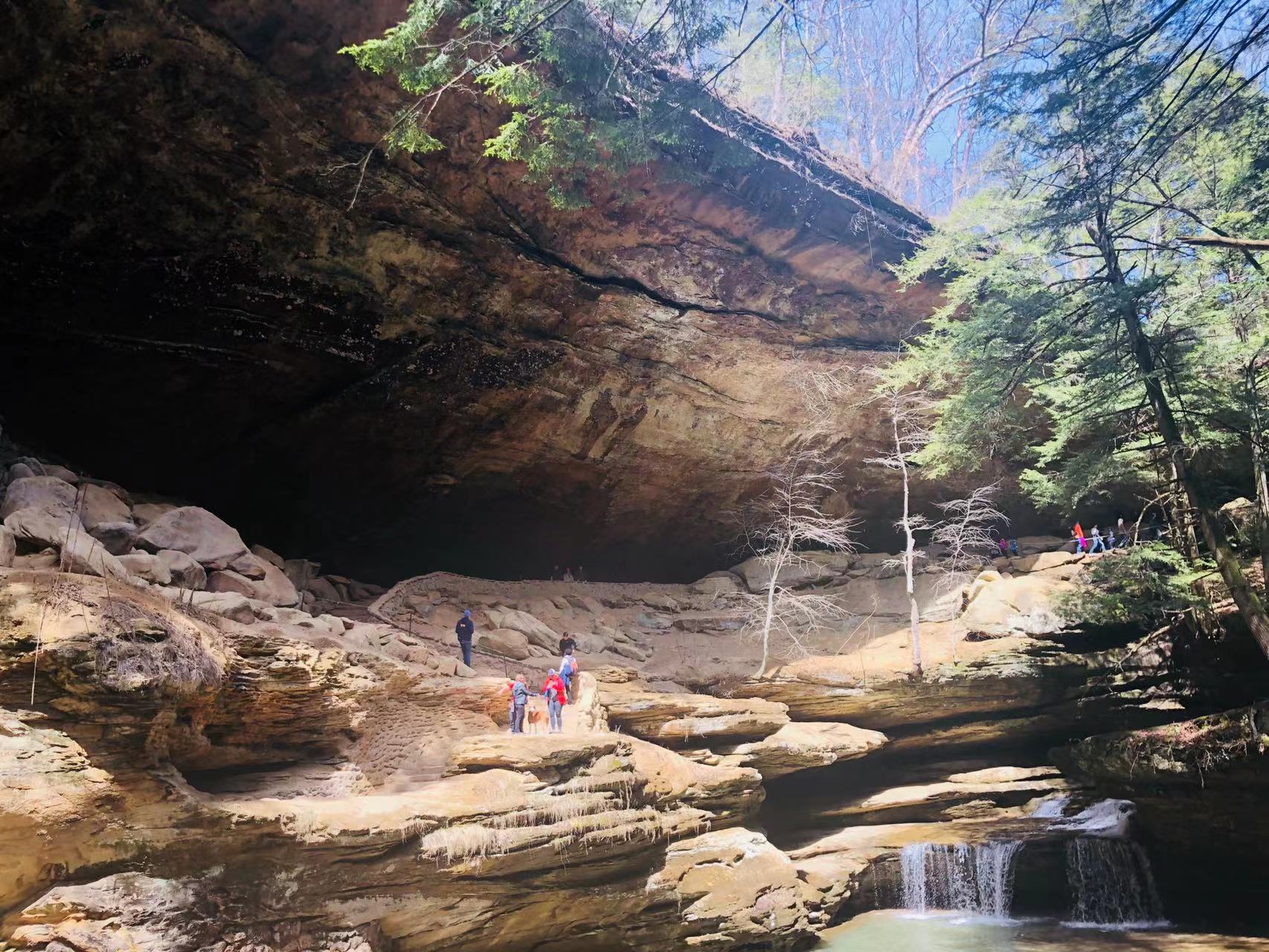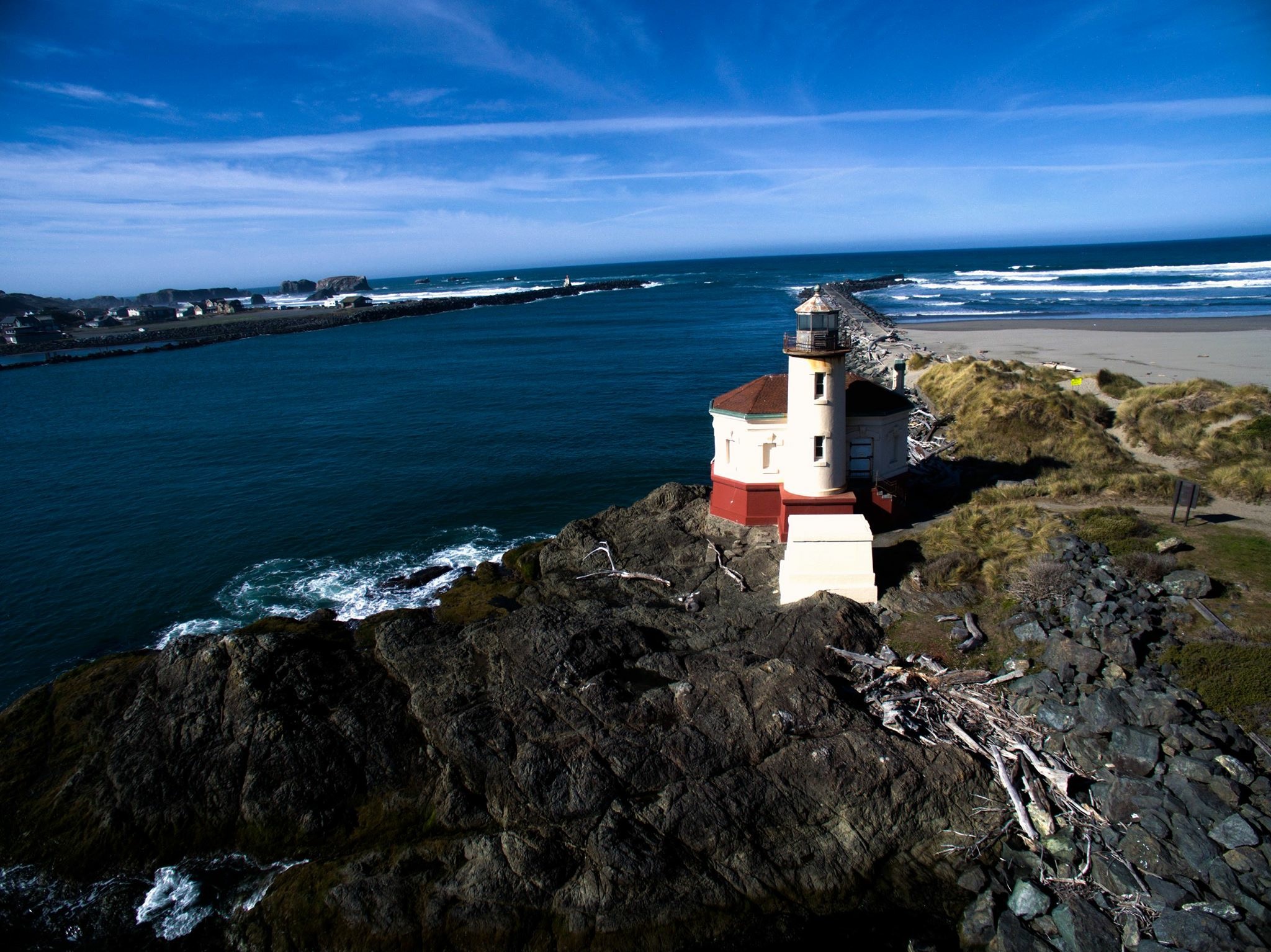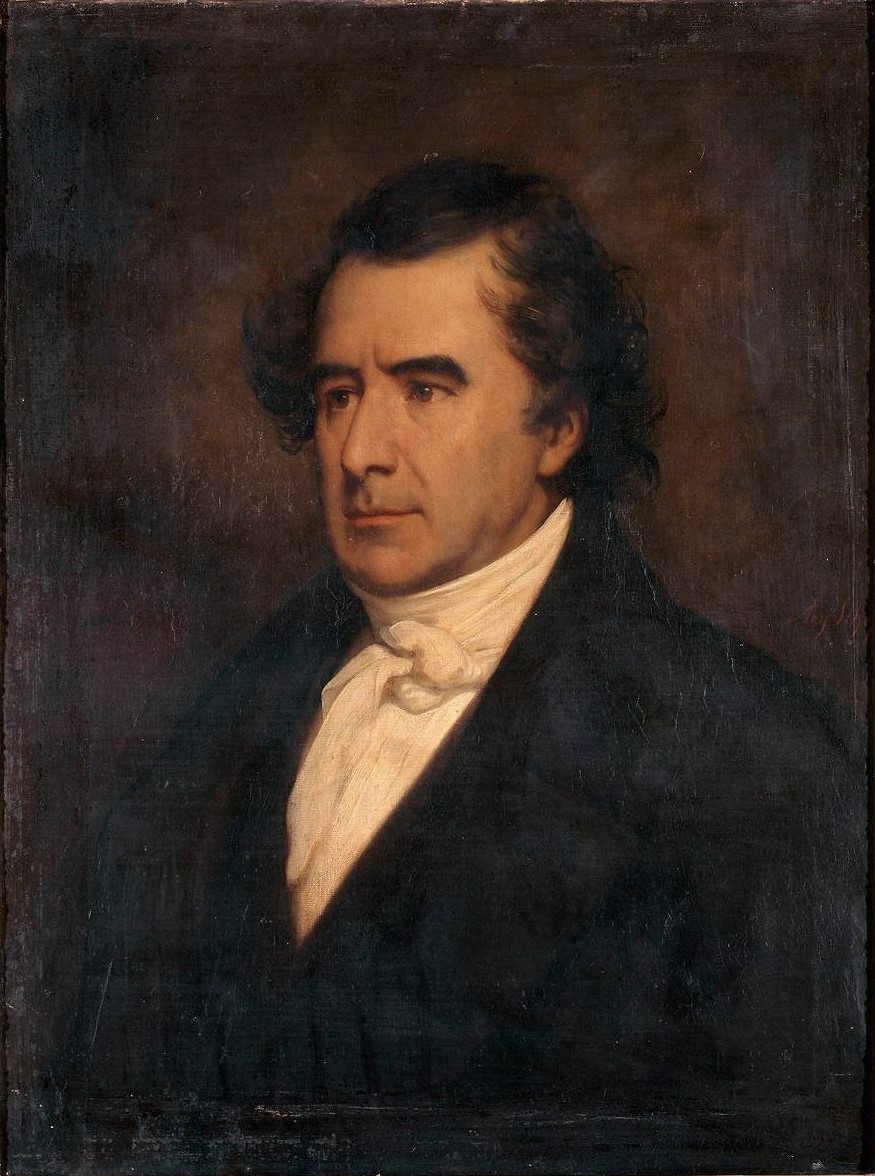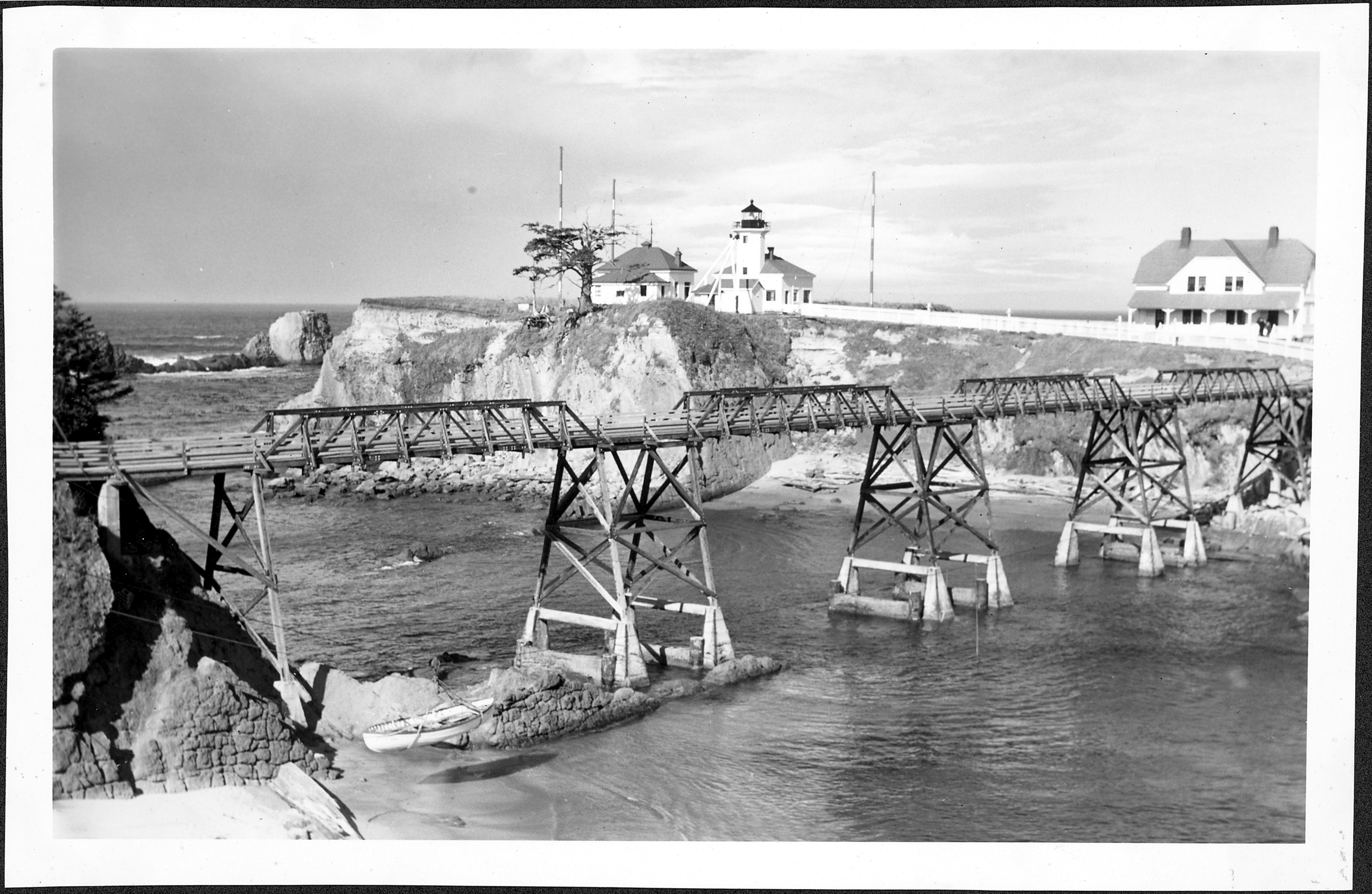|
Cape Arago State Park
Cape Arago State Park is a state park in the U.S. state of Oregon, administered by the Oregon Parks and Recreation Department. Cape Arago is north of Bandon and 15 miles southwest of Coos Bay on Cape Arago Highway in Coos County. History In 1579, Sir Francis Drake is purported to have sought shelter for his ship, the ''Golden Hind'', around Cape Arago."History of Coos Bay" . City of Coos Bay. Accessed September 2010. The headland was originally named Cape Gregory by James Cook on March 12, 1778 after Saint Gregory
Pope Gregory I ( la, Gregorius I; – 12 March 604), commonly known as Saint Gr ...
[...More Info...] [...Related Items...] OR: [Wikipedia] [Google] [Baidu] |
Coos County, Oregon
Coos County ( ) is one of the 36 counties in the U.S. state of Oregon. As of the 2020 census, the population was 64,929. The county seat is Coquille. The county was formed from the western parts of Umpqua and Jackson counties. It is named after a tribe of Native Americans who live in the region. Coos County comprises the Coos Bay, OR Micropolitan Statistical Area. History The name Coos originated from the name of the Native American tribe that had settled the area. "Coos" loosely translates to "lake" or "place of pines". Lewis and Clark noted Cook-koo-oose. Early maps and documents spelled it Kowes, Cowes, Coose, Koos, among others. Although exploration and trapping in the area occurred as early as 1828, the first European-American settlement was established at Empire City in 1853 by members of the Coos Bay Company; this is now part of Coos Bay, Oregon. Coos County was created by the Territorial Legislature from parts of Umpqua, and Jackson counties on December 22, 1 ... [...More Info...] [...Related Items...] OR: [Wikipedia] [Google] [Baidu] |
Oregon
Oregon () is a U.S. state, state in the Pacific Northwest region of the Western United States. The Columbia River delineates much of Oregon's northern boundary with Washington (state), Washington, while the Snake River delineates much of its eastern boundary with Idaho. The 42nd parallel north, 42° north parallel delineates the southern boundary with California and Nevada. Oregon has been home to many Indigenous peoples of the Americas, indigenous nations for thousands of years. The first European traders, explorers, and settlers began exploring what is now Oregon's Pacific coast in the early-mid 16th century. As early as 1564, the Spanish expeditions to the Pacific Northwest, Spanish began sending vessels northeast from the Philippines, riding the Kuroshio Current in a sweeping circular route across the northern part of the Pacific. In 1592, Juan de Fuca undertook detailed mapping and studies of ocean currents in the Pacific Northwest, including the Oregon coast as well as ... [...More Info...] [...Related Items...] OR: [Wikipedia] [Google] [Baidu] |
Coos Bay, Oregon
Coos Bay ( Coos language: Atsixiis) is a city located in Coos County, Oregon, United States, where the Coos River enters Coos Bay on the Pacific Ocean. The city borders the city of North Bend, and together they are often referred to as one entity called either Coos Bay-North Bend or Oregon's Bay Area. Coos Bay's population as of the 2020 census was 15,985 residents, making it the most populous city on the Oregon Coast. Oregon's Bay Area is estimated to be home to 32,308 (Coos Bay Census County Division). History Prior to Europeans first visiting the Oregon coast, Native American tribes claimed the Coos Bay region as their homeland for thousands of years."Bay Area History" [...More Info...] [...Related Items...] OR: [Wikipedia] [Google] [Baidu] |
Oregon Parks And Recreation Department
The Oregon Parks and Recreation Department (OPRD), officially known (in state law) as the State Parks and Recreation Department, is the government agency of the U.S. state of Oregon which operates its system of state parks. In addition, it has programs to protect and provide public access to natural and historic resources within the state, including the State Historic Preservation Office, Oregon Heritage Commission, Oregon Commission on Historic Cemeteries, recreation trails, the Ocean Shores Recreation Area, scenic waterways and the Willamette River Greenway. The department's chief sources of funding are the Oregon Lottery, state park user fees. and recreation vehicle license fees. The department also manages the system of rest areas along the highways and freeways within the state. In 2006 the department was delegated responsibility for managing the Oregon State Fair.Heine, Steven Robert. ''The Oregon State Fair Images of America''. Arcadia Publishing. 2007-08-20. pp. 7–8. The ... [...More Info...] [...Related Items...] OR: [Wikipedia] [Google] [Baidu] |
State Park
State parks are parks or other protected areas managed at the sub-national level within those nations which use "state" as a political subdivision. State parks are typically established by a state to preserve a location on account of its natural beauty, historic interest, or recreational potential. There are state parks under the administration of the government of each U.S. state, some of the political divisions of Mexico#States, Mexican states, and in Brazil. The term is also used in the Australian states of template:state parks of Victoria, Victoria and state parks of New South Wales, New South Wales. The equivalent term used in Canada, Argentina, South Africa, and Belgium, is provincial park. Similar systems of local government maintained parks exist in other countries, but the terminology varies. State parks are thus similar to national parks, but under state rather than federal administration. Similarly, local government entities below state level may maintain parks, e.g., r ... [...More Info...] [...Related Items...] OR: [Wikipedia] [Google] [Baidu] |
Bandon, Oregon
Bandon () is a city in Coos County, Oregon, United States, on the south side of the mouth of the Coquille River. It was named by George Bennet, an Irish peer, who settled nearby in 1873 and named the town after Bandon in Ireland, his hometown. The population was 3,066 at the 2010 census and by the 2020 census 3,321. History Before 1850, the Coquille Indians lived in the area. Then in 1851, gold was discovered at nearby Whiskey Run Beach by French Canadian trappers, though the gold rush did not have much of an impact on the area. In 1852, Henry Baldwin, from County Cork, Ireland, was shipwrecked on the Coos Bay bar and walked into this area. The first permanent European settlers came in 1853 and established the present town site. In 1856, the first conflicts with Indigenous Americans in the area arose and those were sent to the Siletz Reservation. In 1859, the boat ''Twin Sisters'' sailed into the Coquille River and opened the outlet for all inland produce and resources. ... [...More Info...] [...Related Items...] OR: [Wikipedia] [Google] [Baidu] |
Francis Drake
Sir Francis Drake ( – 28 January 1596) was an English explorer, sea captain, privateer, slave trader, naval officer, and politician. Drake is best known for his circumnavigation of the world in a single expedition, from 1577 to 1580 (the first English circumnavigation, the second carried out in a single expedition, and third circumnavigation overall). This included his incursion into the Pacific Ocean, until then an area of exclusive Spanish interest, and his claim to New Albion for England, an area in what is now the U.S. state of California. His expedition inaugurated an era of conflict with the Spanish on the western coast of the Americas, an area that had previously been largely unexplored by Western shipping. He was Member of Parliament (MP) for three constituencies; Camelford in 1581, Bossiney in 1584, and Plymouth in 1593. Queen Elizabeth I of England, Elizabeth I awarded Drake a knighthood in 1581 which he received on the ''Golden Hind'' in Deptford. In the same ... [...More Info...] [...Related Items...] OR: [Wikipedia] [Google] [Baidu] |
Golden Hind
''Golden Hind'' was a galleon captained by Francis Drake in his circumnavigation of the world between 1577 and 1580. She was originally known as ''Pelican,'' but Drake renamed her mid-voyage in 1578, in honour of his patron, Sir Christopher Hatton, whose crest was a golden hind (a female red deer). Hatton was one of the principal sponsors of Drake's world voyage. A full-sized, seaworthy reconstruction is in London, on the south bank of the Thames. History Queen Elizabeth I partly sponsored Sir Francis Drake as the leader of an expedition intended to pass around South America through the Strait of Magellan and to explore the coast that lay beyond. The queen's support was advantageous; Drake had official approval to benefit himself and the queen, as well as to cause the maximum damage to the Spaniards. This eventually culminated in the Anglo–Spanish War. Before setting sail, Drake met the queen face-to-face for the first time and she said to him, "We would gladly be revenge ... [...More Info...] [...Related Items...] OR: [Wikipedia] [Google] [Baidu] |
James Cook
James Cook (7 November 1728 Old Style date: 27 October – 14 February 1779) was a British explorer, navigator, cartographer, and captain in the British Royal Navy, famous for his three voyages between 1768 and 1779 in the Pacific Ocean and to New Zealand and Australia in particular. He made detailed maps of Newfoundland prior to making three voyages to the Pacific, during which he achieved the first recorded European contact with the eastern coastline of Australia and the Hawaiian Islands, and the first recorded circumnavigation of New Zealand. Cook joined the British merchant navy as a teenager and joined the Royal Navy in 1755. He saw action in the Seven Years' War and subsequently surveyed and mapped much of the entrance to the St. Lawrence River during the siege of Quebec, which brought him to the attention of the Admiralty and the Royal Society. This acclaim came at a crucial moment for the direction of British overseas exploration, and it led to his commission in ... [...More Info...] [...Related Items...] OR: [Wikipedia] [Google] [Baidu] |
Saint Gregory
Pope Gregory I ( la, Gregorius I; – 12 March 604), commonly known as Saint Gregory the Great, was the bishop of Rome from 3 September 590 to his death. He is known for instigating the first recorded large-scale mission from Rome, the Gregorian mission, to convert the then largely pagan Anglo-Saxons to Christianity. Gregory is also well known for his writings, which were more prolific than those of any of his predecessors as pope. The epithet Saint Gregory the Dialogist has been attached to him in Eastern Christianity because of his '' Dialogues''. English translations of Eastern texts sometimes list him as Gregory "Dialogos", or the Anglo-Latinate equivalent "Dialogus". A Roman senator's son and himself the prefect of Rome at 30, Gregory lived in a monastery he established on his family estate before becoming a papal ambassador and then pope. Although he was the first pope from a monastic background, his prior political experiences may have helped him to be a talented adminis ... [...More Info...] [...Related Items...] OR: [Wikipedia] [Google] [Baidu] |
François Arago
Dominique François Jean Arago ( ca, Domènec Francesc Joan Aragó), known simply as François Arago (; Catalan: ''Francesc Aragó'', ; 26 February 17862 October 1853), was a French mathematician, physicist, astronomer, freemason, supporter of the Carbonari revolutionaries and politician. Early life and work Arago was born at Estagel, a small village of 3,000 near Perpignan, in the ' of Pyrénées-Orientales, France, where his father held the position of Treasurer of the Mint. His parents were François Bonaventure Arago (1754–1814) and Marie Arago (1755–1845). Arago was the eldest of four brothers. Jean (1788–1836) emigrated to North America and became a general in the Mexican army. Jacques Étienne Victor (1799–1855) took part in Louis de Freycinet's exploring voyage in the ''Uranie'' from 1817 to 1821, and on his return to France devoted himself to his journalism and the drama. The fourth brother, Étienne Vincent (1802–1892), is said to have collaborated with Ho ... [...More Info...] [...Related Items...] OR: [Wikipedia] [Google] [Baidu] |
Cape Arago Light
The Cape Arago Lighthouse (formerly known as Cape Gregory Lighthouse) is a lighthouse located in Charleston, Oregon. It is located north of Cape Arago. History Starting in the mid-19th century, Coos Bay had become an important shipping point on the west coast of the United States. The amount of shipping at the time warranted the building of a light at the location, and in 1864, funds were given to build the harbor's light. In 1866, the first light was illuminated. This first tower, which housed a fourth-order Fresnel lens, was nothing more than a octagonal tower with a skeleton base. This tower, located on the west end of an island, was connected to the keeper's residence via a wooden walkway. However, because of its location on the island, the light was greatly exposed to the elements along the Pacific and soon was in need of repairs. Over the next 35 years, much of the station's infrastructure had to be repaired or replaced. Several improvements were also made during this ... [...More Info...] [...Related Items...] OR: [Wikipedia] [Google] [Baidu] |

.jpg)
_(cooD0088).jpg)







